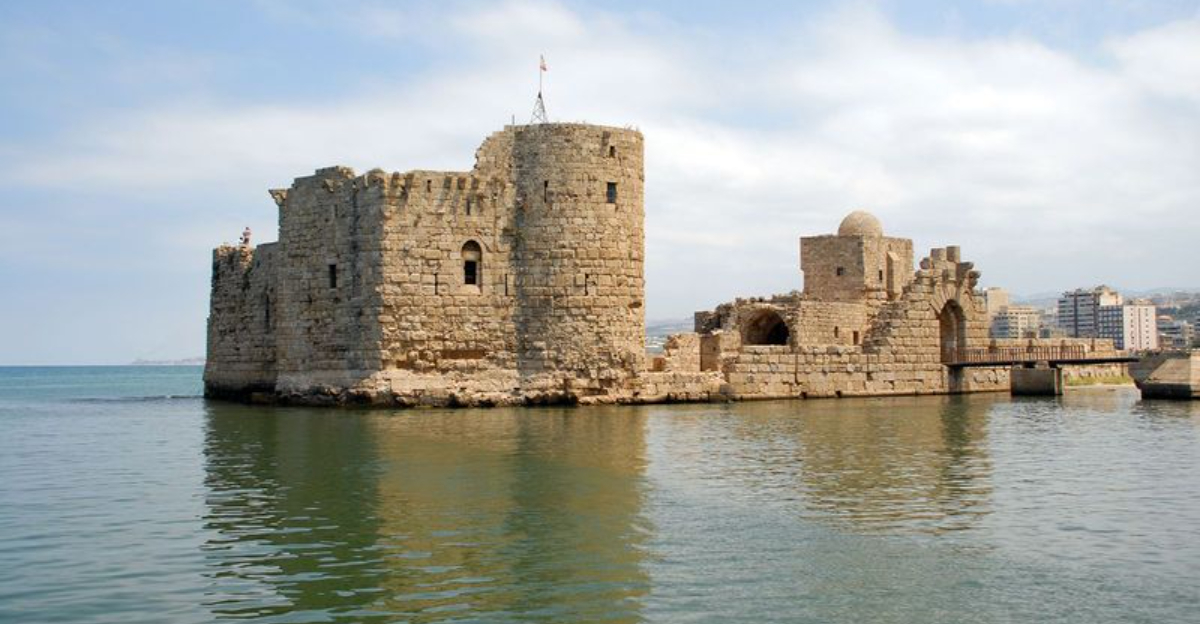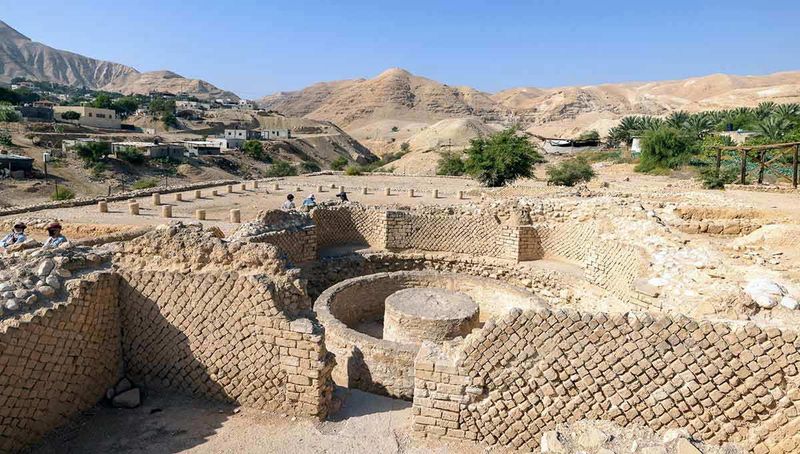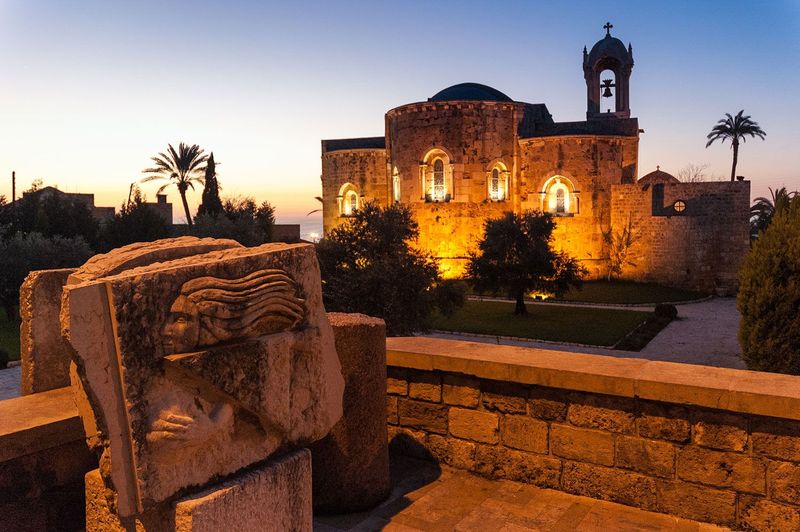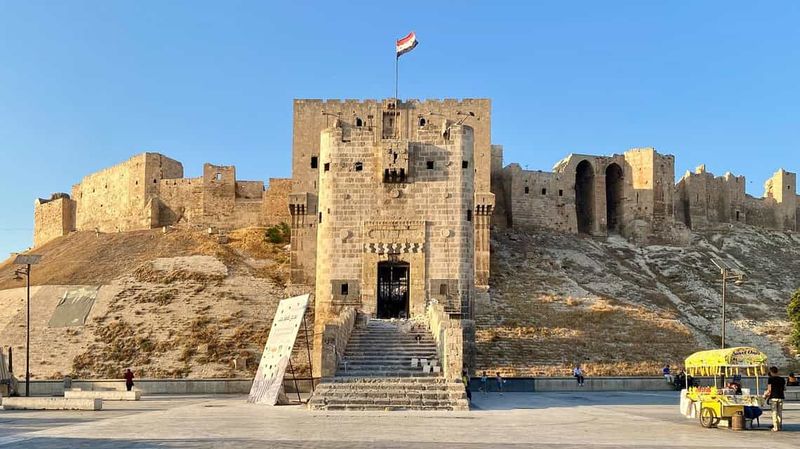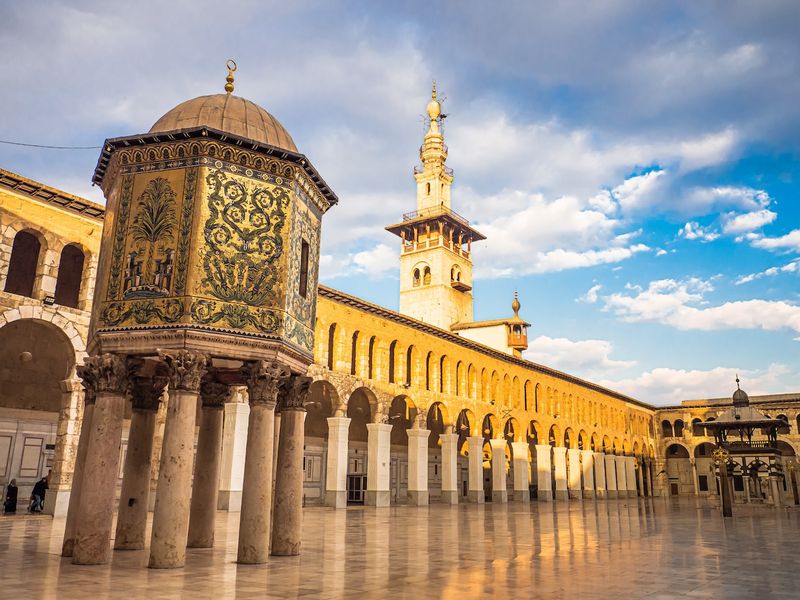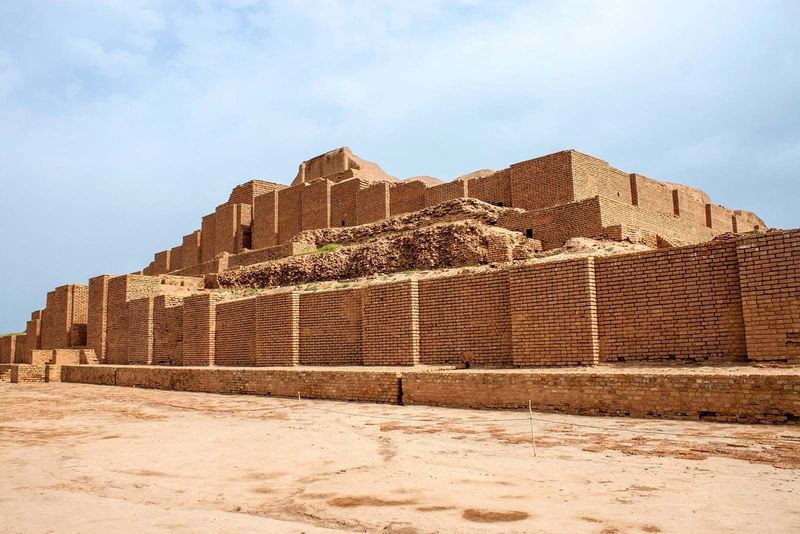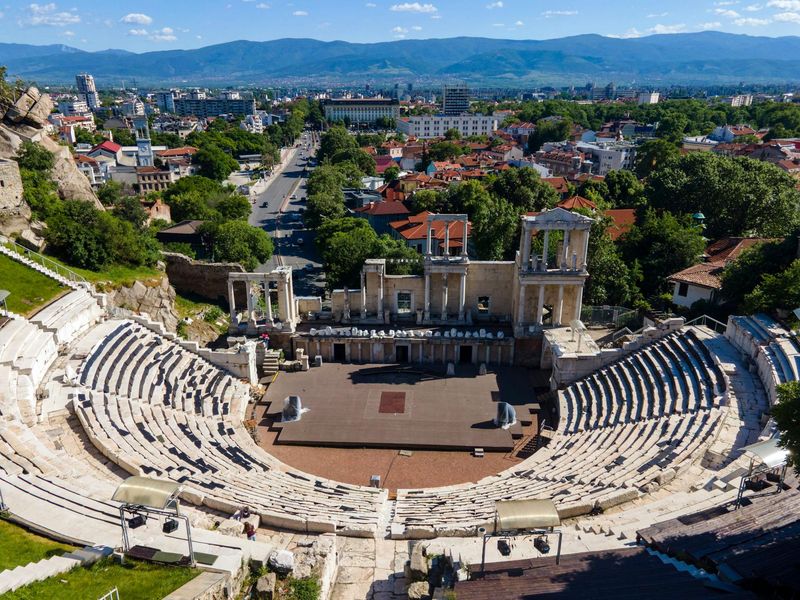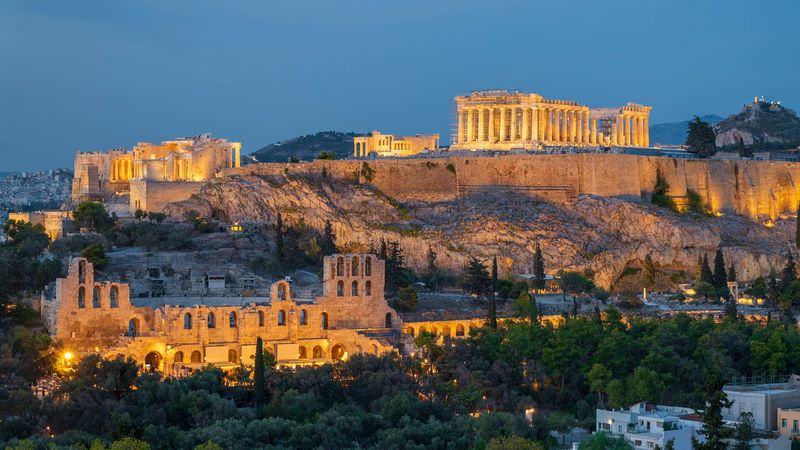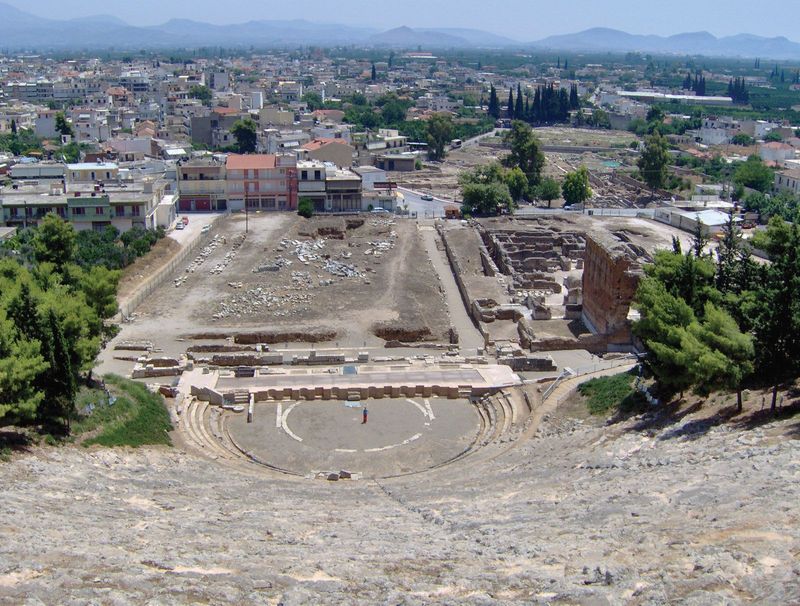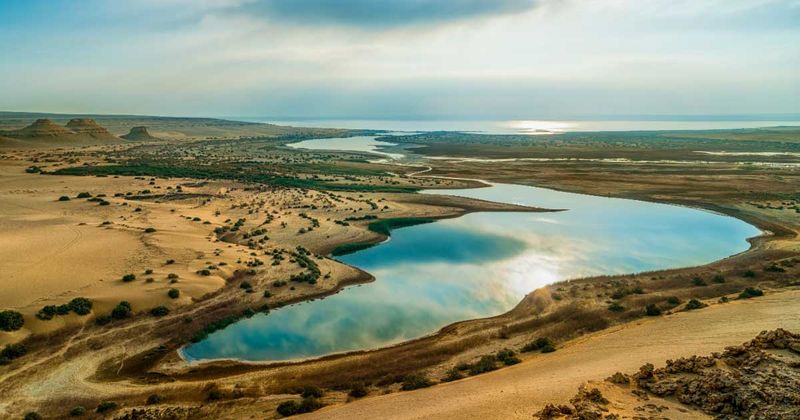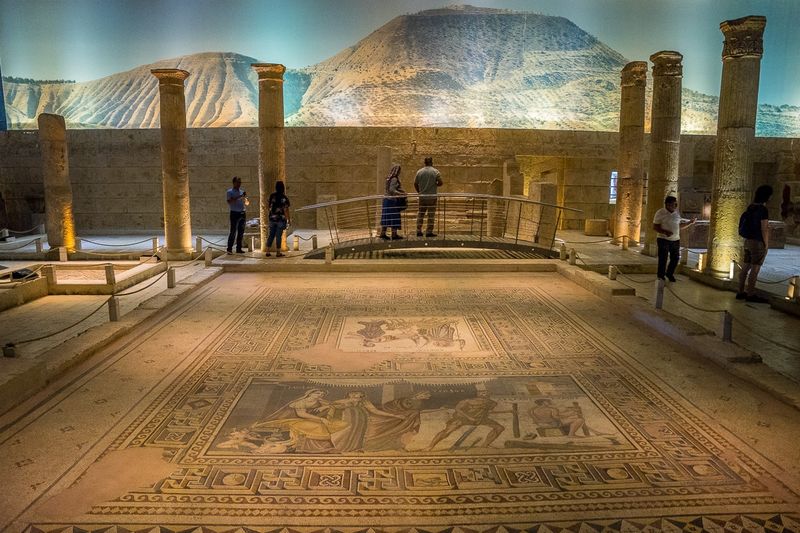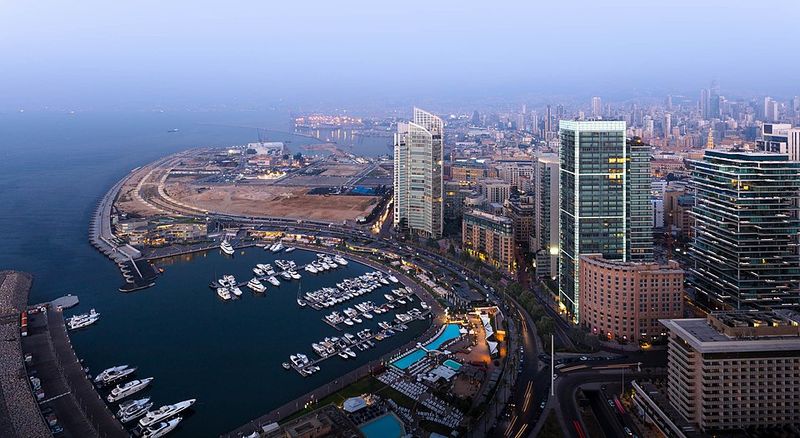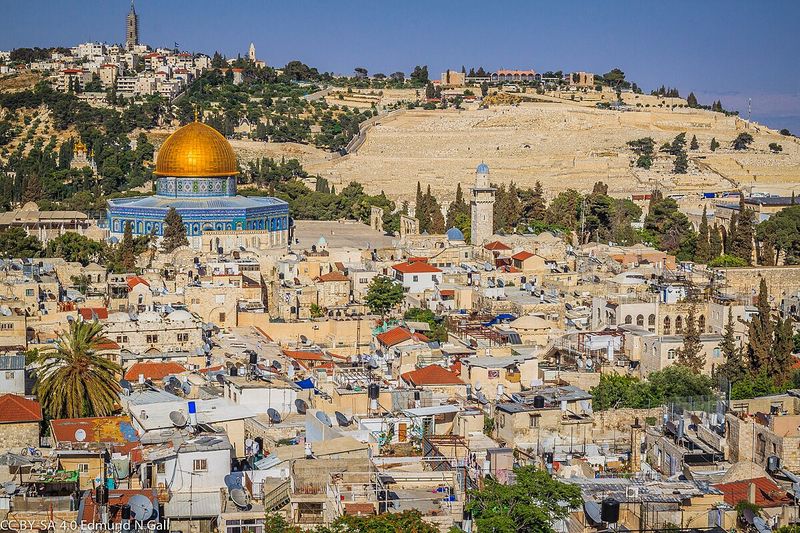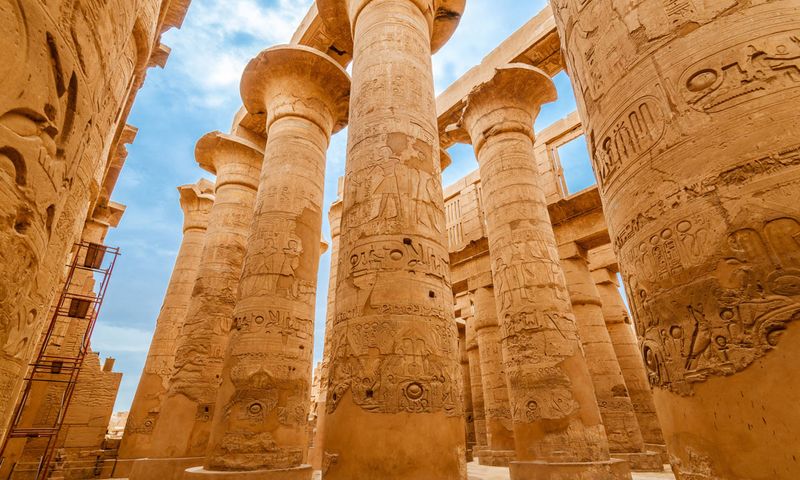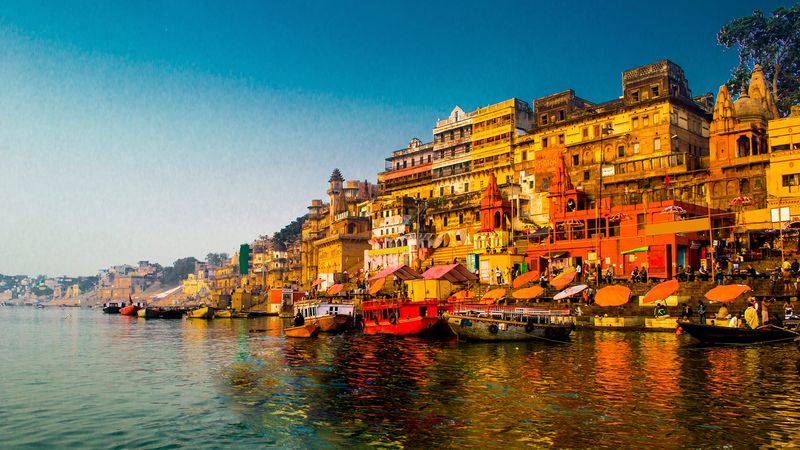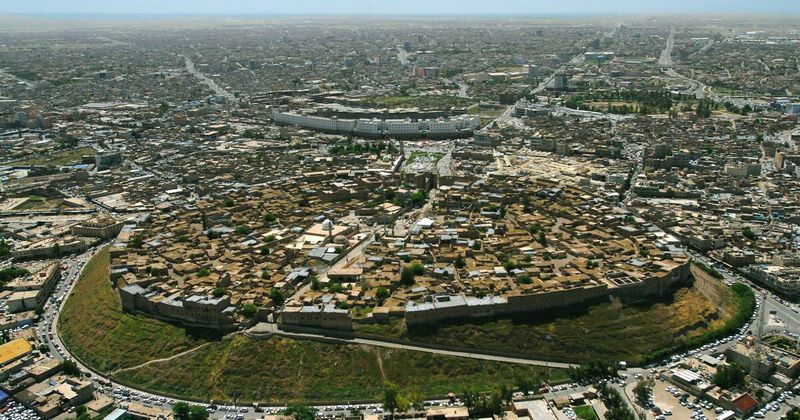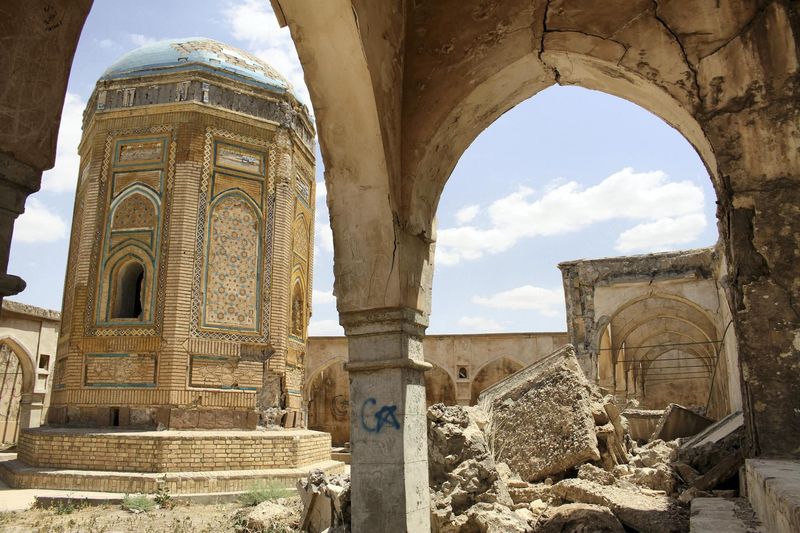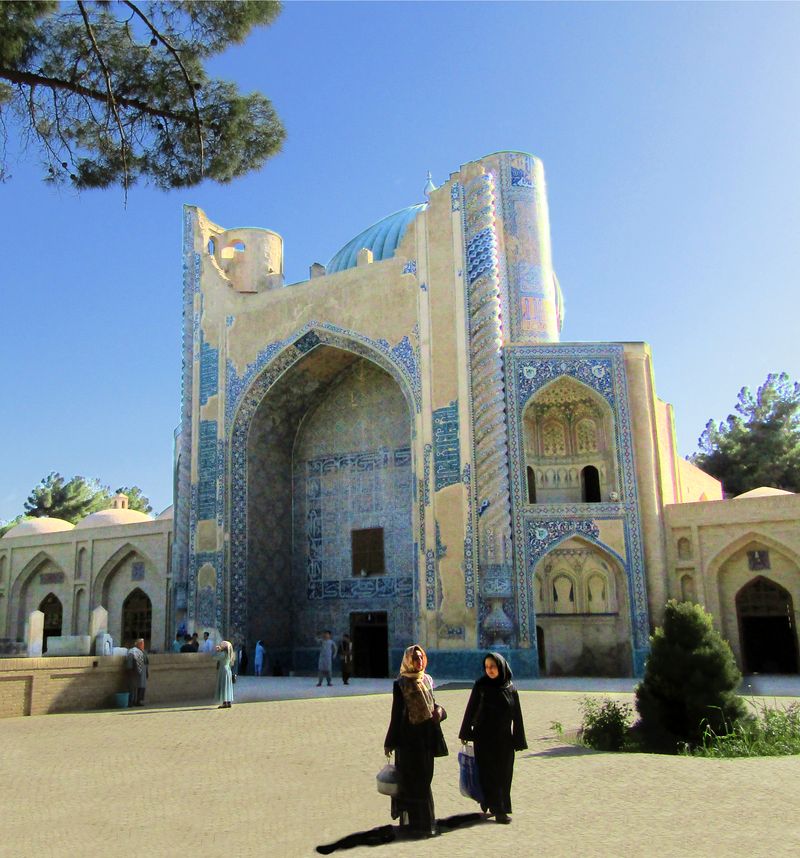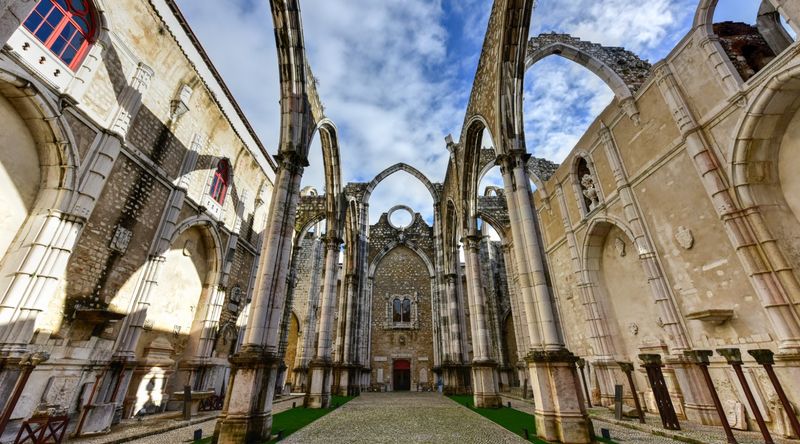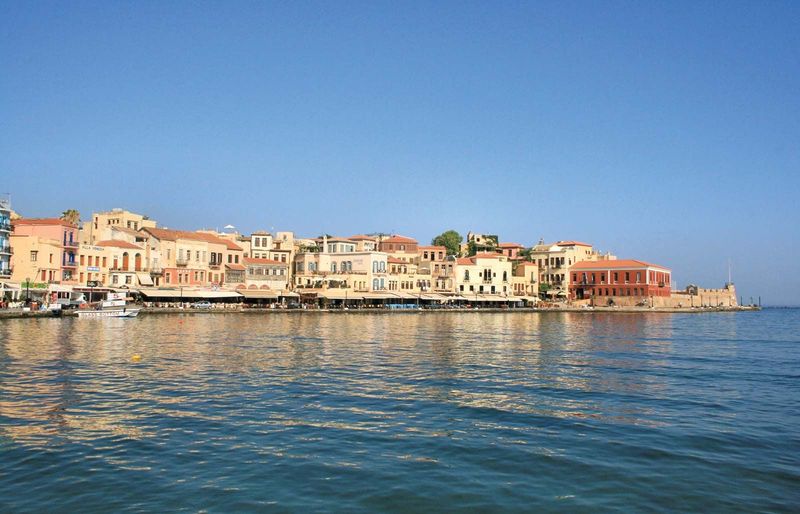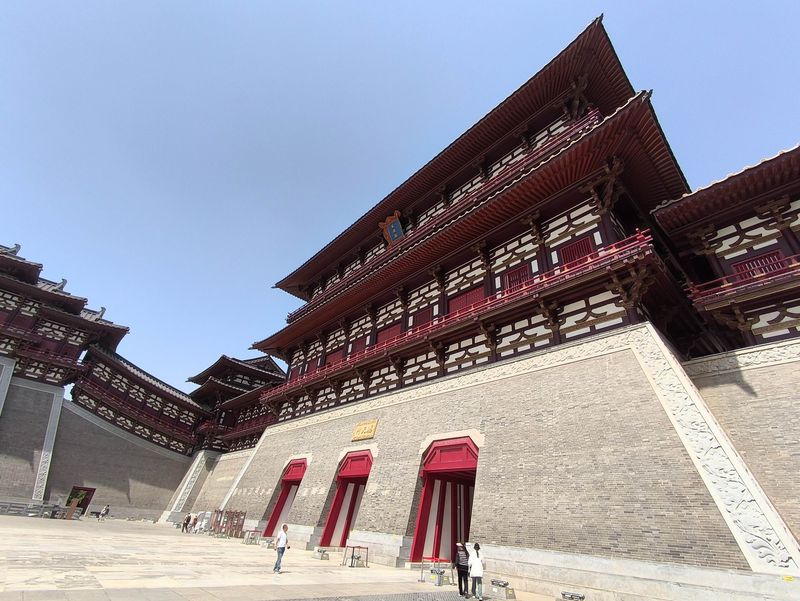Some cities have survived plagues, wars, empires, and even time itself. These 22 ancient urban centers aren’t just old—they’re living monuments, still bustling with life after thousands of years. From the cradle of civilization to Mediterranean marvels, here are the world’s oldest cities that are still standing strong.
1. Jericho, West Bank
Jericho, often deemed the world’s oldest continuously inhabited city, has a history stretching over 11,000 years. Founded around 9000 BCE, it presents a tapestry of history visible in its ancient stone towers and walls. This city predates written history, offering glimpses into prehistoric human settlement and civilization.
The ruins tell tales of early human engineering and resilience, showcasing how early settlers adapted to their environment. Nestled in the West Bank, Jericho’s archaeological significance makes it a treasure trove for historians and tourists alike. Its enduring presence is a testament to human adaptability and ingenuity over millennia.
2. Byblos, Lebanon
Byblos, a city that contributed its name to the word “Bible,” is steeped in history dating back to around 8800 BCE. As a major hub for the ancient Phoenicians, it thrived on papyrus exports. The city, a peaceful coastal town today, is dotted with ancient ruins and a vibrant port that echo its illustrious past.
Byblos’ historical significance is matched by its scenic beauty, with the Mediterranean Sea providing a stunning backdrop. The blend of ancient history and modern charm makes Byblos a unique destination, inviting exploration and reflection on the tides of time.
3. Aleppo, Syria
Aleppo’s story is one of endurance, with roots extending back to around 6000 BCE. Despite modern challenges, the city remains a crucial historical nexus, having been located along ancient trade routes. Its grand Citadel stands as a symbol of its storied past, while its covered souks offer a sensory journey through time.
Aleppo’s resilience is evident in its architecture and cultural tapestry, reflecting the rise and fall of empires. The city’s layered history and modern vibrancy create a rich tapestry, inviting those who visit to uncover its many layers of historical significance.
4. Damascus, Syria
Damascus, often hailed as one of the world’s oldest capitals, has been continuously inhabited since around 6300 BCE. The city has witnessed the footsteps of Arameans, Romans, and Ottomans, each leaving an indelible mark on its cultural landscape.
The Old City of Damascus, a UNESCO World Heritage Site, is a living museum of ancient streets and architecture. This city, rich in history and culture, has woven a complex tapestry that continues to influence the world today. Its enduring appeal lies in the seamless blend of its ancient past with its vibrant present.
5. Susa, Iran
Susa, dating back to 4200 BCE, was once a jewel of the Elamite, Persian, and Parthian empires. It is a city that features prominently in both archaeological records and biblical texts.
Although much of ancient Susa lies in ruins today, the nearby modern city of Shush continues to carry its legacy forward. The layers of history found here offer a rich narrative of cultural and imperial achievements. Susa’s historical ruins serve as a reminder of its former glory and its pivotal role in the ancient world.
6. Plovdiv, Bulgaria
Plovdiv, Europe’s oldest continuously inhabited city, has a vibrant history tracing back to around 6000 BCE. Known for its Thracian roots and Roman ruins, the city boasts a remarkably preserved amphitheater still used for performances. This fusion of past and present creates a dynamic cultural landscape.
Plovdiv’s winding streets reveal layers of history, with each corner offering a glimpse into its storied past. The city’s charm lies in its ability to blend ancient traditions with a modern cultural scene, making it a must-visit for history enthusiasts and travelers alike.
7. Athens, Greece
Athens, the birthplace of democracy, philosophy, and drama, has been inhabited since 5000 BCE. Dominated by the iconic Acropolis, this city is a timeless symbol of ancient Greek culture and innovation.
The juxtaposition of ancient ruins against a bustling modern metropolis creates a unique cultural tapestry. Athens’ rich history is not confined to textbooks; it is vibrantly alive in its streets and landmarks. From the philosophers’ teachings to the bustling agora, Athens continues to inspire and educate visitors with its profound legacy.
8. Argos, Greece
Argos, a city with roots extending back to 5000 BCE, is one of Europe’s oldest cities, though often overshadowed by its neighbor, Mycenae. It played a crucial role in Greek mythology and classical history, maintaining continuous settlement for over 7,000 years.
Nestled in the heart of Argolis, its landscapes are dotted with archaeological sites that recount tales of legendary heroes and epic battles. Argos’ enduring legacy is a testament to its historical significance and its ability to preserve the echoes of the past amidst the march of time.
9. Sidon, Lebanon
Sidon, a city with origins dating back to 4000 BCE, was one of the great Phoenician cities renowned for its glass and purple dye production. Today, it is a vibrant city where ancient harbors blend seamlessly with modern-day Lebanese charm.
The city’s historical significance as a Phoenician maritime hub is still evident in its architecture and urban layout. Sidon’s rich tapestry of history and culture invites exploration, offering a unique window into the ancient world and its enduring influence on contemporary life.
10. Faiyum, Egypt
Faiyum, located near a fertile oasis, dates back to around 4000 BCE and has played a vital role in ancient Egypt’s agriculture. Its enduring presence throughout centuries has been marked by its strategic importance and its ability to adapt.
Today, Faiyum remains a key regional town, maintaining its name across millennia. The blend of its agricultural heritage with modern developments makes Faiyum an intriguing place for exploration, reflecting the timeless relationship between people and their environment in sustaining civilization.
11. Gaziantep, Turkey
Gaziantep, continuously inhabited since 3650 BCE, combines its ancient roots with contemporary Turkish culture. The city is renowned for its Roman mosaics and Bronze Age archaeological layers, which lie beneath its vibrant modern streets.
Gaziantep’s charm lies in its culinary delights and rich history, making it a cultural crossroads. The layers of history present in the city provide a narrative of resilience and adaptation, embodying the spirit of a city that has evolved over thousands of years without losing its historical essence.
12. Beirut, Lebanon
Beirut, inhabited since 3000 BCE, was once known as Berytus by the Romans and has long served as a cultural and intellectual hub. Despite facing repeated destruction, the city has always managed to rebuild itself.
Today, Beirut is often referred to as the “Paris of the Middle East.” Its coastal cityscape, marked by historical ruins, blends seamlessly with its vibrant modern life. The city’s resilience and cultural vitality continue to make it a significant place of historical and contemporary interest.
13. Jerusalem, Palestine
Jerusalem, a city sacred to Judaism, Christianity, and Islam, has a complex history stretching back nearly 5,000 years. Its ancient stones continue to shape world events today.
The city is a tapestry of religious and historical significance, where ancient landmarks stand alongside modern developments. Jerusalem’s unique blend of past and present invites reflection, offering insights into its enduring influence on global culture and religion.
14. Luxor (Thebes), Egypt
Luxor, once known as Thebes, was the capital of ancient Egypt and is a living museum of grandeur. Dating back to 3200 BCE, it showcases monuments like the Karnak and Luxor temples and the Valley of the Kings.
This city offers a vivid glimpse into the splendor of ancient Egyptian civilization. The archaeological wonders are a testament to the architectural and cultural achievements of the past, making Luxor a treasure trove for history enthusiasts and travelers alike.
15. Varanasi, India
Varanasi, possibly dating to 3000 BCE, is considered by some as the oldest city in India—and perhaps the world. A sacred place for Hindus, it remains a thriving center for spirituality and pilgrimage.
Along the banks of the Ganges River, Varanasi’s ancient temples and spiritual vibrancy continue to attract pilgrims and tourists. The city’s timeless connection to spirituality and culture creates an atmosphere of reverence and continuity, offering a unique window into India’s enduring cultural heritage.
16. Erbil, Iraq
Erbil, with its Citadel rising like a fortress above the plains, has been continuously inhabited since 2300 BCE. The city has witnessed the rise and fall of empires, from the Assyrians to the Ottomans.
Today, Erbil remains a vital urban center in the Kurdistan region, reflecting a rich tapestry of historical and cultural influences. The Citadel stands as a symbol of resilience and cultural heritage, inviting exploration and reflection on the city’s storied past and vibrant present.
17. Kirkuk, Iraq
Kirkuk, dating back to 2200 BCE, has stood at the crossroads of Mesopotamian empires for millennia. Its ancient citadel remains a symbol of resilience and cultural layering.
The city’s history is marked by its strategic importance and its role as a cultural melting pot. Kirkuk’s ability to blend its rich past with modern life creates a dynamic environment, offering a unique perspective on the evolution of cities through time.
18. Balkh, Afghanistan
Balkh, known in antiquity as Bactra, boasts a history dating back to 2000 BCE. It was a major center for Zoroastrianism and Buddhism, with a rich narrative that continues to intrigue historians.
Although quieter today, Balkh’s ruins whisper stories of its former glory and cultural importance. The city’s historical significance as a center of learning and spirituality provides a fascinating window into the ancient world, offering insights into the cultural and religious developments of the region.
19. Lisbon, Portugal
Lisbon, one of Western Europe’s oldest cities, predates even Rome itself, with roots stretching back to 1200 BCE. Originally a Phoenician port, it has thrived under numerous civilizations.
Today, Lisbon stands as a cosmopolitan capital, blending its rich historical legacy with a dynamic modern culture. The city’s historical cityscape reflects its diverse heritage, offering a unique perspective on the evolution of urban centers through the ages.
20. Chania, Crete (Greece)
Chania, on the island of Crete, has a history dating back to 1700 BCE. Minoan ruins lie beneath modern Chania, suggesting nearly 4,000 years of continuous settlement.
The city’s Venetian harbor and old town showcase its layered past, creating a vibrant cultural experience. Chania’s ability to merge ancient history with present-day charm makes it a captivating destination for those seeking to explore the Mediterranean’s rich historical tapestry.
21. Luoyang, China
Luoyang, one of China’s ancient capitals, has roots stretching back to around 1600 BCE. It served as the heart of early Chinese dynasties, rich in cultural and historical significance.
The city boasts numerous temples, tombs, and cultural landmarks that continue to influence China today. Luoyang’s historical heritage is a testament to its enduring legacy as a center of learning and culture, offering insights into the evolution of Chinese civilization.
